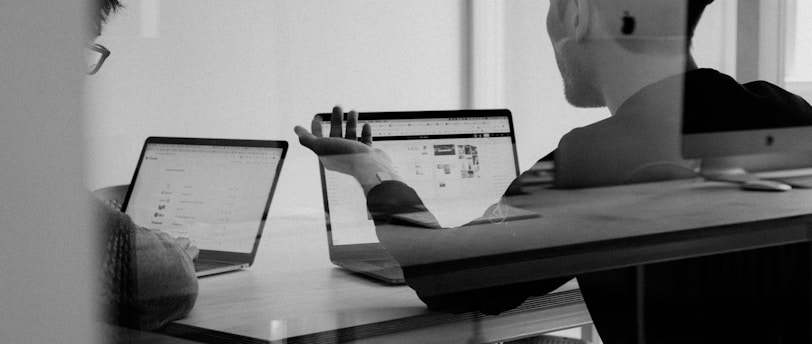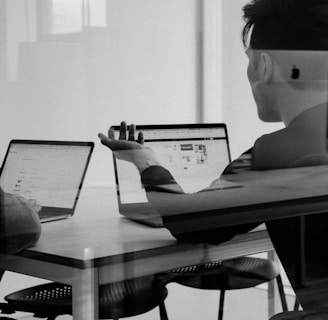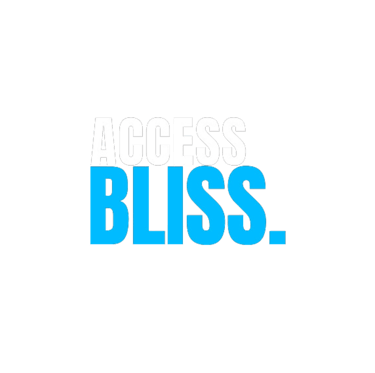Is Your Brand Repelling Disabled Customers Without You Knowing It?
Is your brand unintentionally excluding disabled customers? Discover 7 common accessibility mistakes businesses make—and how to fix them to grow your reach and impact.


Let’s be real.
Most brands don’t intend to exclude disabled people—but that doesn’t stop them from doing it.
Inaccessible content, poor design choices, and tone-deaf messaging quietly shut out millions of disabled customers every single day. And the worst part? Most companies don’t even realise they’re doing it.
This post isn’t here to shame. It’s here to shine a light. Because once you know how to spot the gaps, you can turn them into bridges.
The Reality: Disabled People Are Customers Too
Over 1.3 billion people globally live with some form of disability.
The UK’s “Purple Pound” (the spending power of disabled people) is worth £274 billion annually—and growing.
Yet 75% of disabled people say they’ve had to leave a website or abandon a purchase due to poor accessibility.
That’s not just a moral issue—it’s a missed business opportunity.
7 Ways Your Brand Might Be Repelling Disabled Customers
1. Your Website Isn’t Navigable by Keyboard or Screen Reader:
If a blind user or someone with mobility issues can’t navigate your site using a keyboard or screen reader, they’re effectively locked out. This includes:
No alt text for images
Poor heading structure
Inaccessible forms
Buttons that say “Click here” with no context
Ask yourself: Could someone use your site without a mouse?
2. Your Social Media Is Visual-Only:
Posting images with no alt text, videos without captions, or trendy graphics with unreadable fonts? You’re excluding blind, low-vision, and D/deaf audiences.
Quick fix: Add alt text and video captions. It doesn’t take much—and it makes a big difference.
3. You Assume Your Audience Is Neurotypical:
Flashing gifs, overly wordy captions, or overwhelming visual layouts can create a sensory nightmare for neurodivergent users.
Instead:
Use plain language
Offer content in multiple formats (text, video, visual)
Avoid auto-playing media
4. You Speak About Disabled People, Not To Them:
Representation matters—but so does authenticity. Are you:
Only featuring disabled people during awareness months?
Using pity-driven language or “inspirational” tropes?
Talking about disabled audiences instead of collaborating with them?
Solution: Hire disabled creatives, consultants, and marketers. Include them from the start—not as an afterthought.
5. You Don’t Mention Accessibility… Anywhere:
If there’s no accessibility statement, no clear contact point for access needs, and no sign that you’ve considered disabled users, many will assume you haven’t.
Pro tip: Accessibility should be visible, not invisible. Add an accessibility commitment on your site.
6. Your Events, Lives or Webinars Aren’t Inclusive:
Online or offline, if your events don’t have:
Captions
Sign language interpretation
Clear descriptions of what to expect
Access info ahead of time
…then you’re creating barriers.
7. You Think It’s a “Niche” Issue:
Accessibility isn’t a niche. Disability cuts across every demographic: race, age, gender, income. It’s also often invisible—so even your current customers might be navigating barriers you can’t see.
Why This Matters More Than Ever
We’re in a culture shift. Consumers are more values-driven, more vocal, and more diverse than ever. Gen Z and Millennials are demanding better representation and ethical design—and they’re quick to spot tokenism.
If your brand isn’t proactively inclusive, you’re not just invisible to disabled customers—you’re alienating allies too.
So… What Can You Do About It?
At Access Bliss, we help brands like yours build content and campaigns that include everyone—not just the default. We combine lived experience with industry know-how to bring accessibility and creativity together.
Here’s where to start:
Audit your content and design for accessibility
Include disabled voices in your creative process
Make accessibility a core value, not a compliance checkbox
Better access = better business. It’s not just the right thing to do—it’s the smart thing.
Want to check if your brand is secretly excluding disabled customers?
We offer accessibility audits, inclusive content strategy, and social media upgrades for brands that want to do better.


